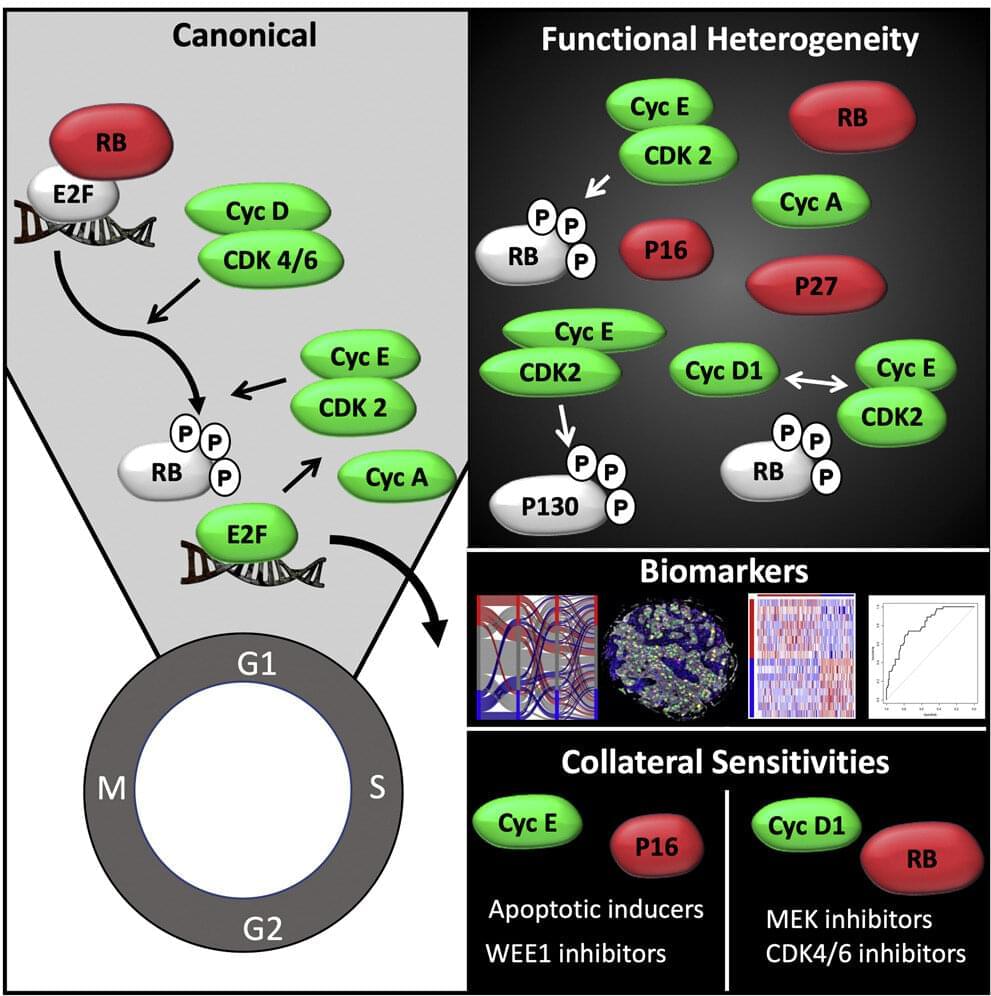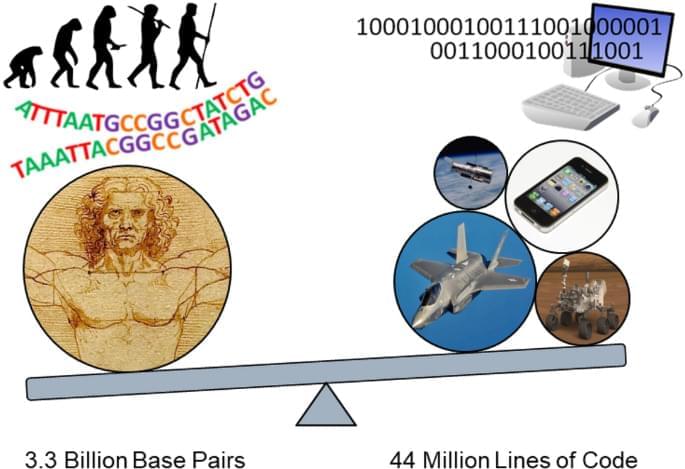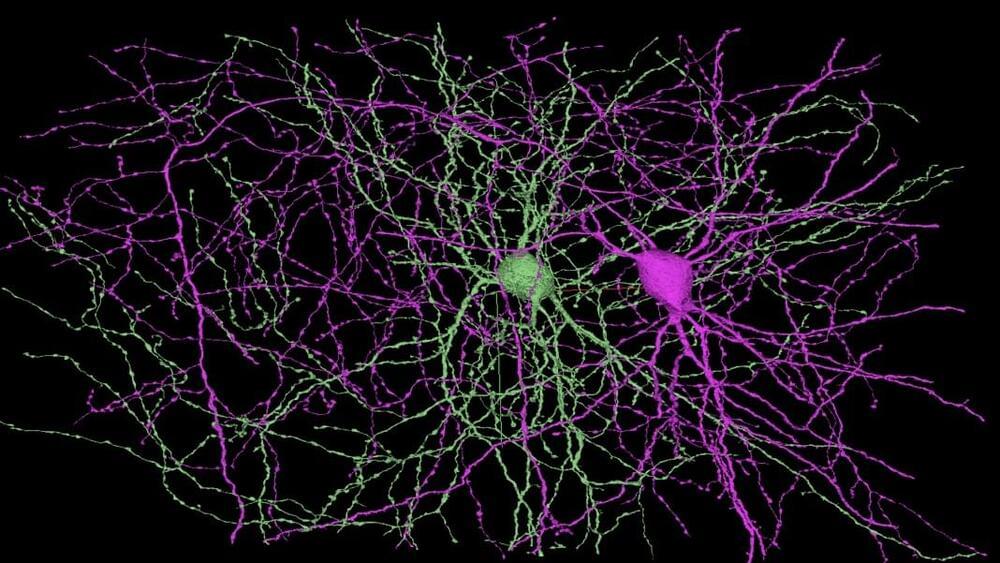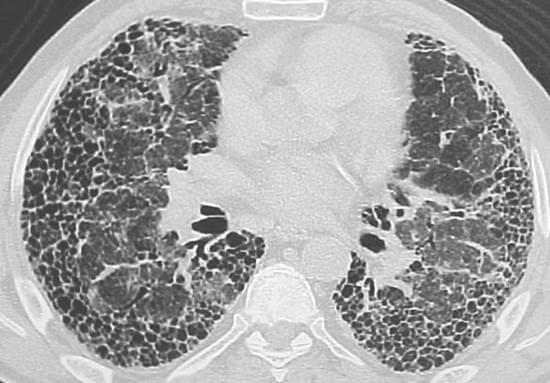Category: biotech/medical – Page 1,507

Targeting the cell cycle could overcome cancer treatment resistance
Scientists from Roswell Park Comprehensive Cancer Center have shed light on a different way of overcoming mechanisms of resistance to specific therapeutic agents used to treat cancer. In a new article published March 1 in the journal Cell Reports, the researchers propose a new approach to cancer treatment based on the way different cancer cells divide.
A collaborative team led by Agnieszka Witkiewicz, MD, Professor of Oncology, and Erik Knudsen, Ph.D., Professor of Oncology and Chair of Molecular and Cellular Biology, from Roswell Park investigated over 500 cell lines from a multitude of cancer types, as well as preclinical tumor models. The researchers then analyzed cancer cells based on their dependency for CDK and CCN, two genes that drive the cell cycle and determine how often a cancer cell divides.
“We found that the way cancer cells divide is highly varied, and that diversity represents a tremendous challenge for some widely used cancer therapies because it often contributes to treatment resistance,” says Dr. Witkiewicz, the study’s senior author. “However, with a better understanding of these heterogenous features of cancer cell division, different therapies could be deployed in a more precise and effective fashion.”

Comparative analysis of genome code complexity and manufacturability with engineering benchmarks
When knowledge has advanced to a state that includes a predictive understanding of the relationship between genome sequence and organism phenotype it will be possible for future engineers to design and produce synthetic organisms. However, the possibility of synthetic biology does not necessarily guarantee its feasibility, in much the same way that the possibility of a brute force attack fails to ensure the timely breaking of robust encryption. The size and range of natural genomes, from a few million base pairs for bacteria to over 100 billion base pairs for some plants, suggests it is necessary to evaluate the practical limits of designing genomes of similar complexity.
Bill Andrews deep research to cure aging explained in 19 minutes (con S/T en Español)
In this video Bill Andrews summarizes in 19 minutes his extensive research on telomeres, aging, and his proposal to cure aging. Bill Andrews is an American molecular biologist and gerontologist, founder and CEO of the biotech company Sierra Sciences.
Bill Andrews summarizes in 19 minutes his extensive and prolific research on telomeres, aging, and the cure for aging.
The video, originally released by Bill Andrews in february 2022, among other things, covers in little less than 20 minutes the following:
1) Enlightening info about telomere shortening and its impact on aging.
2) Practical proposals to cure aging based on two different approaches to stop telomere shortening and actually enlarge them.

New Brain Map Charts Every Component in the Biological Universe
It’s easy to see why: as shockingly powerful mini-processors, neurons and their connections—together dubbed the connectome—hold the secret to highly efficient and flexible computation. Nestled inside the brain’s wiring diagrams are the keys to consciousness, memories, and emotion. To connectomics, mapping the brain isn’t just an academic exercise to better understand ourselves—it could lead to more efficient AI that thinks like us.
But often ignored are the brain’s supporting characters: astrocytes—brain cells shaped like stars—and microglia, specialized immune cells. Previously considered “wallflowers,” these cells nurture neurons and fine-tune their connections, ultimately shaping the connectome. Without this long-forgotten half, the brain wouldn’t be the computing wizard we strive to imitate with machines.
In a stunning new brain map published in Cell, these cells are finally having their time in the spotlight. Led by Dr. H. Sebastian Seung at Princeton University, the original prophet of the connectome, the map captures a tiny chunk of the mouse’s visual cortex, less than 1,000 times smaller than a pea. Yet jam-packed inside the map aren’t just neurons; in a technical tour de force, the team mapped all brain cells, their connections, blood vessels, and even the compartments inside cells that house DNA and produce energy.

What might explain Huntington’s Disease?
Could 2 B vitamins help those suffering with Huntington’s Disease?
T he Huntington’s disease (HD) community has recently experienced setbacks, but a new research report may reignite hope, from an unexpected source: the vitamin thiamine (B1), with help from biotin (B7). The investigators, from several institutions in Spain and UCLA, write in Science Translational Medicine, “Together, these results demonstrate a thiamine deficiency in HD brain and suggest that individuals with HD might benefit from thiamine and/or biotin supplementation therapy.”
Health care providers may suggest certain supplements for HD patients, based perhaps on a deficiency (vitamins C, B12, E) in the blood, or for general health. But the new findings are different. The researchers didn’t set out to detect a vitamin deficiency, but instead probed the messaging within cells in the HD brain, which led them to a biochemical juncture that revealed the thiamine/biotin connection.


Peter Diamandis Describes How Applying AI to Drug Discovery is Causing Positive Disruption to Biopharma
The content of Peter’s email blast has been edited by me (can’t help myself). But I believe I have captured its essence and hope you enjoy the retelling. As always your comments are welcomed.
What is Insilico Medicine?
Insilico Medicine is a pioneering drug company that is powered by a “drug discovery engine” that sifts through millions of data samples to determine the signature biological characteristics of specific diseases. It then identifies the most promising treatment targets and uses a new AI technique called generative adversarial networks (GANs) to create molecules perfectly suited against them.


The 3G shutdown will affect everyday devices you probably own
The looming shutdown of 3G networks won’t just impact older phones.
With AT&T’s 3G network shutting down next week, and other carriers following suit later this year, a range of products require updates to continue working, including some home alarm systems, medical devices such as fall detectors, and in-car crash notification and roadside assistance systems such as General Motors’ OnStar.
Just as many mobile carriers have urged customers to swap their older 3G iPhones, Android phones, e-readers and other handheld devices for newer models ahead of the shutdown, other businesses are urging customers to upgrade or replace some of the everyday products and services in their homes and cars before they drop connectivity.